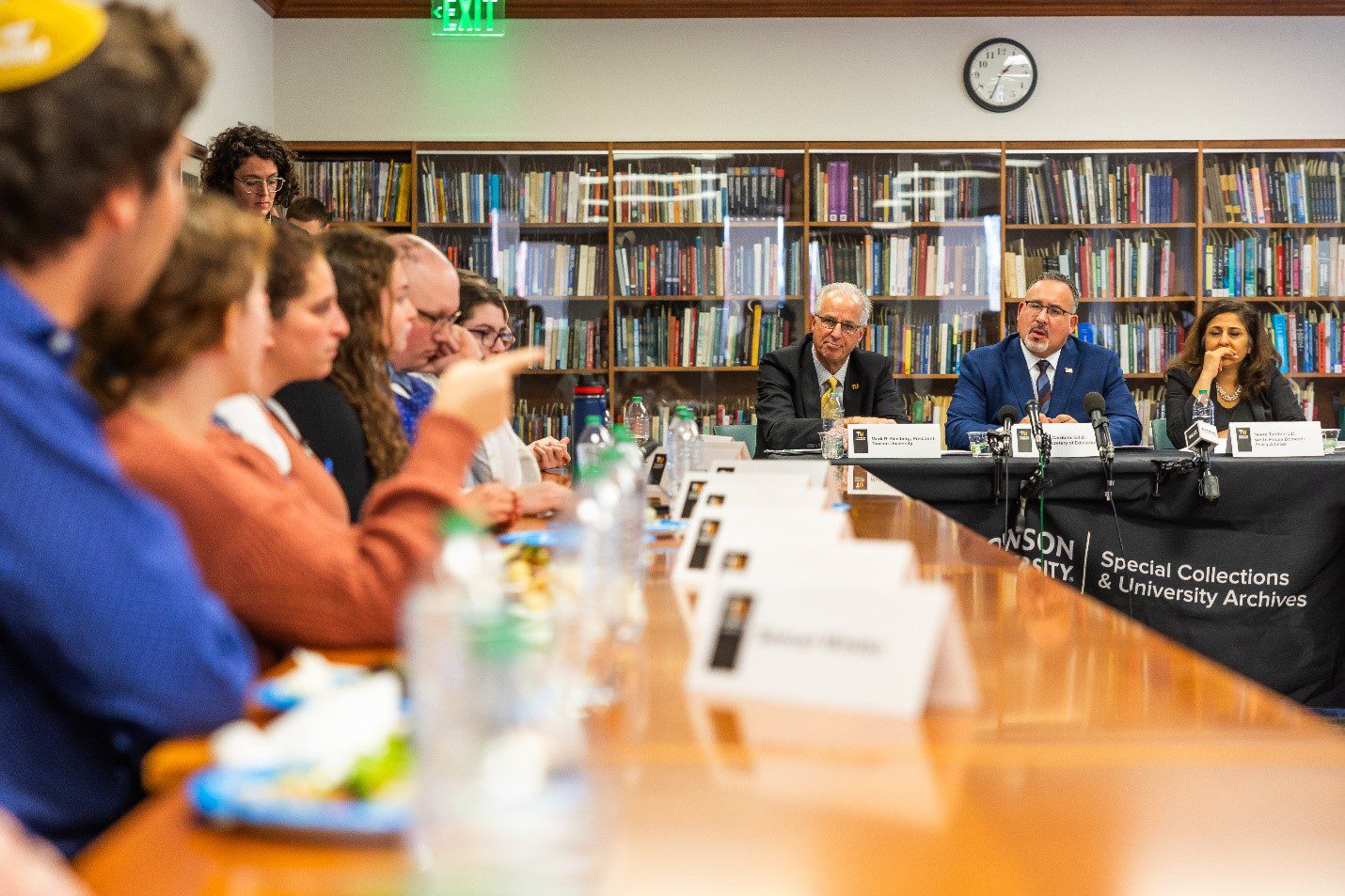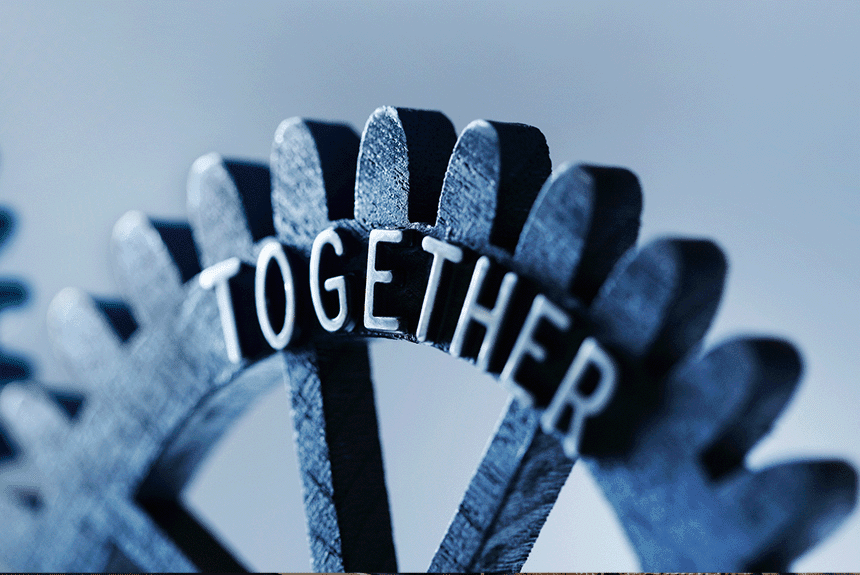By Rich Tenorio
Bullying is bad enough, but with kids on social media all the time, cyberbullying can be just as bad, if not worse. And it’s sometimes antisemitic in character, depending on the target.
“A lot of bullying and cyberbullying go hand-in-hand,” said Jinnie Spiegler, director of curriculum and training for the Anti-Defamation League. “It’s rare when bullying in-person does not make its way to the digital world. Usually, it’s both.” However, she noted, cyberbullying “is unique from other bullying and can be particularly harmful.”
WHAT IS CYBERBULLYING?
Occurring in digital spaces such as a computer or smartphone, cyberbullying includes hurtful comments, posting private information, posing as someone else to harm their reputation and forcible exclusion from groups online, she said.
Cyberbullying has increased dramatically in recent years and poses added dangers for tweens and teens. Unlike traditional schoolyard bullying, in which there is some relief when the school day ends, cyberbullying can occur at all hours, limiting the ability of trusted adults, such as parents and teachers, to notice and/or help. Instead of private locations such as the back of a classroom or school bus, cyberbullying can manifest itself through public posts online, potentially harming someone’s reputation for years—including, ironically, the individual committing the bullying. It can persist on digital devices indefinitely, unless a social media platform removes it.
The Cyberbullying Research Center tracks the phenomenon among 12- to 17-year-olds. The overall cyberbullying victimization rate among that demographic stood at 18.8% in 2007, the year Apple rolled out the iPhone. By 2019, the rate had risen to 36.5%; in 2021, it increased yet again, to 45.5%, nearly half of young people in that age bracket.
Spiegler said the ADL’s view of bullying draws upon common characteristics—it is repeated, threatening behavior, committed by one or more individuals with a perceived power differential over their target. That power differential can include hostile stances toward marginalized groups, such as Jewish, Black or LGBTQIA+ communities. For example, read what happens when antisemitism and anti-LGBTQIA+ hate converge. It is this identity-based bullying and cyberbullying that the ADL is marshaling its resources against.
“We tend to use examples like antisemitic cyberbullying, racist cyberbullying or bullying,” Spiegler said. “You’ll see this a lot, especially in the teenage years, bullying targeted toward a particular group or person. A lot of times, what they say is racist or antisemitic or homophobic, things like that.”
WHAT TO DO ABOUT CYBERBULLYING
Although cyberbullying can be dismaying, like bullying in general, its targets do have options, from managing their settings online to asking that social media platforms remove hateful content.
Spiegler’s suggestions:
- Be an ally, supporting the target even if you don’t know them.
- Don’t participate in cyberbullying if it comes up. Other people will notice your nonparticipation, which may lead them to do the same.
- Tell the oppressor or oppressors to stop, either publicly or privately.
Remember that you don’t have to confront the person doing the cyberbullying and that this is often the safest approach. When it comes to directly communicating with a cyberbully, she recalls a lesson from her anti-bias work: “If there’s antisemitic or racist remarks, why are you going to feed into that?” Instead, she counseled, “Understand where the person is as an individual [and don’t] feed into that kind of groupthink.”
In general, she said, “There are strategies for staying safe online. Don’t respond, save screenshots if you need them later, reporting them to trusted adults.” And, she said, “you can report abuse to the companies,” whether it’s Facebook, X or even a Nintendo or Sony Playstation game. (Read more about why reporting antisemitism matters.)
“As kids get older,” she said, “they’re less and less likely influenced by a parent or trusted adult. Young people have to help each other move from bystanders to allies.”
Rich Tenorio covers antisemitism news for JewishBoston.com. His work has appeared in international, national, regional and local media outlets. He is a graduate of Harvard College and the Columbia University Graduate School of Journalism. He is also a cartoonist. Email him at richt@cjp.org.




